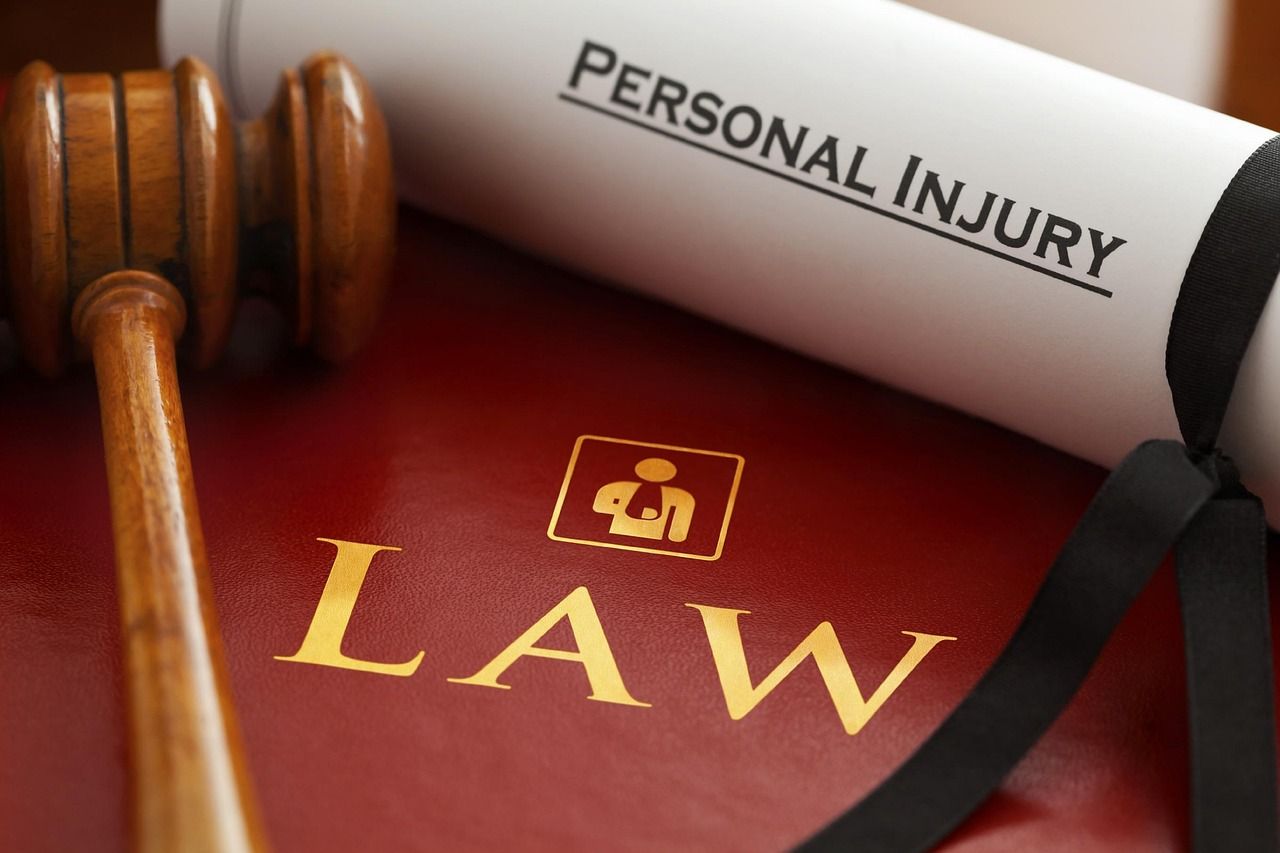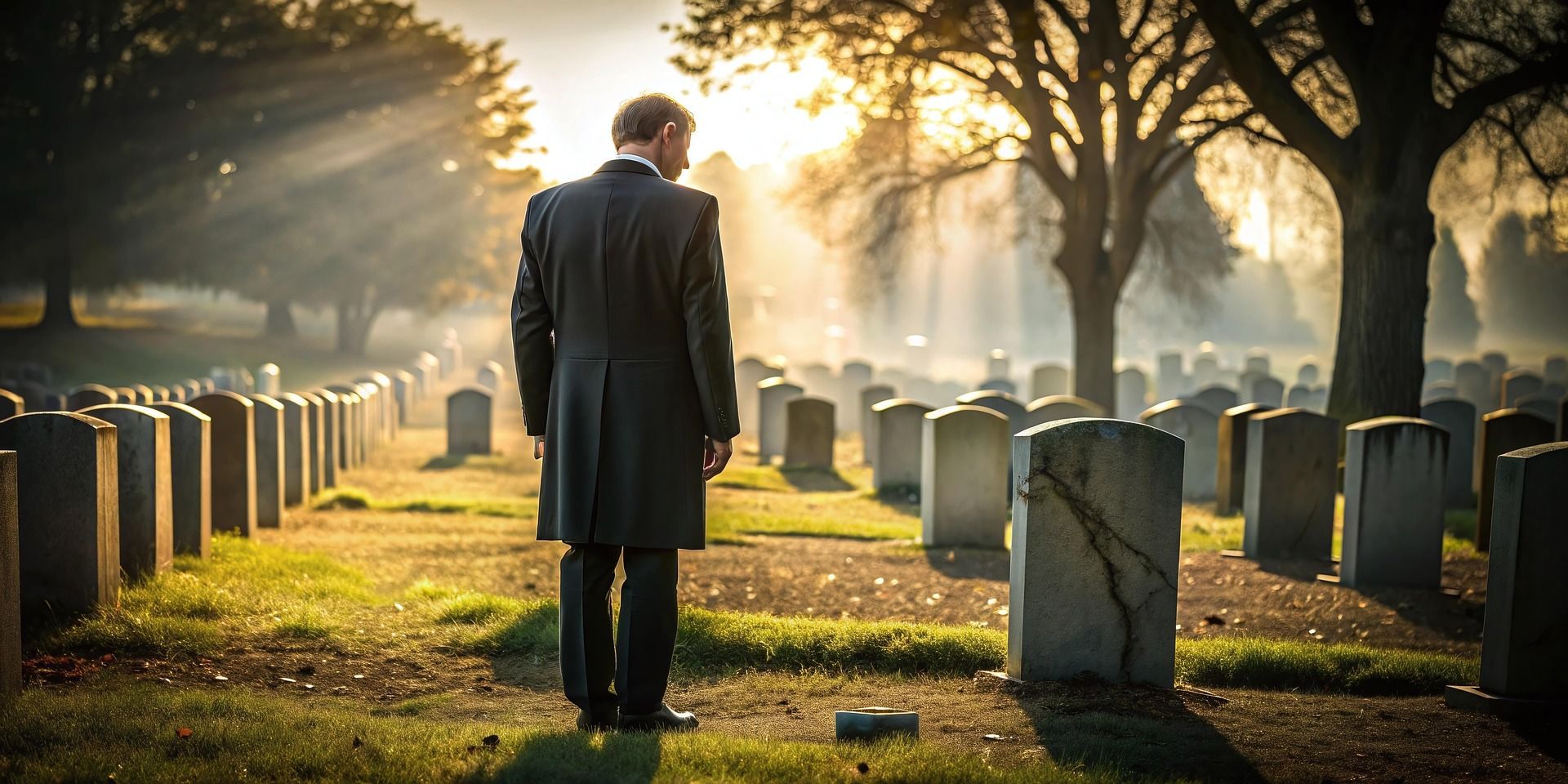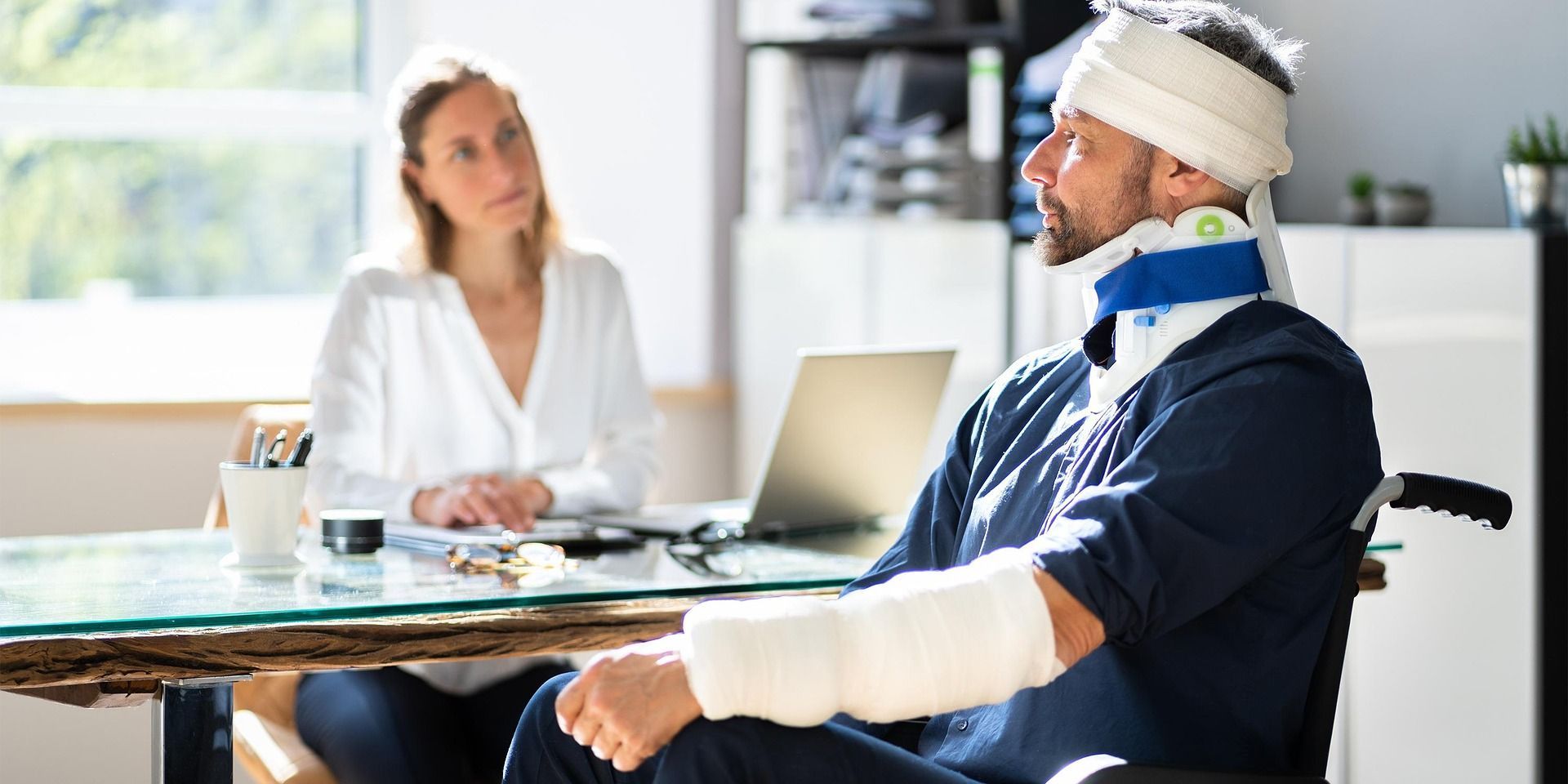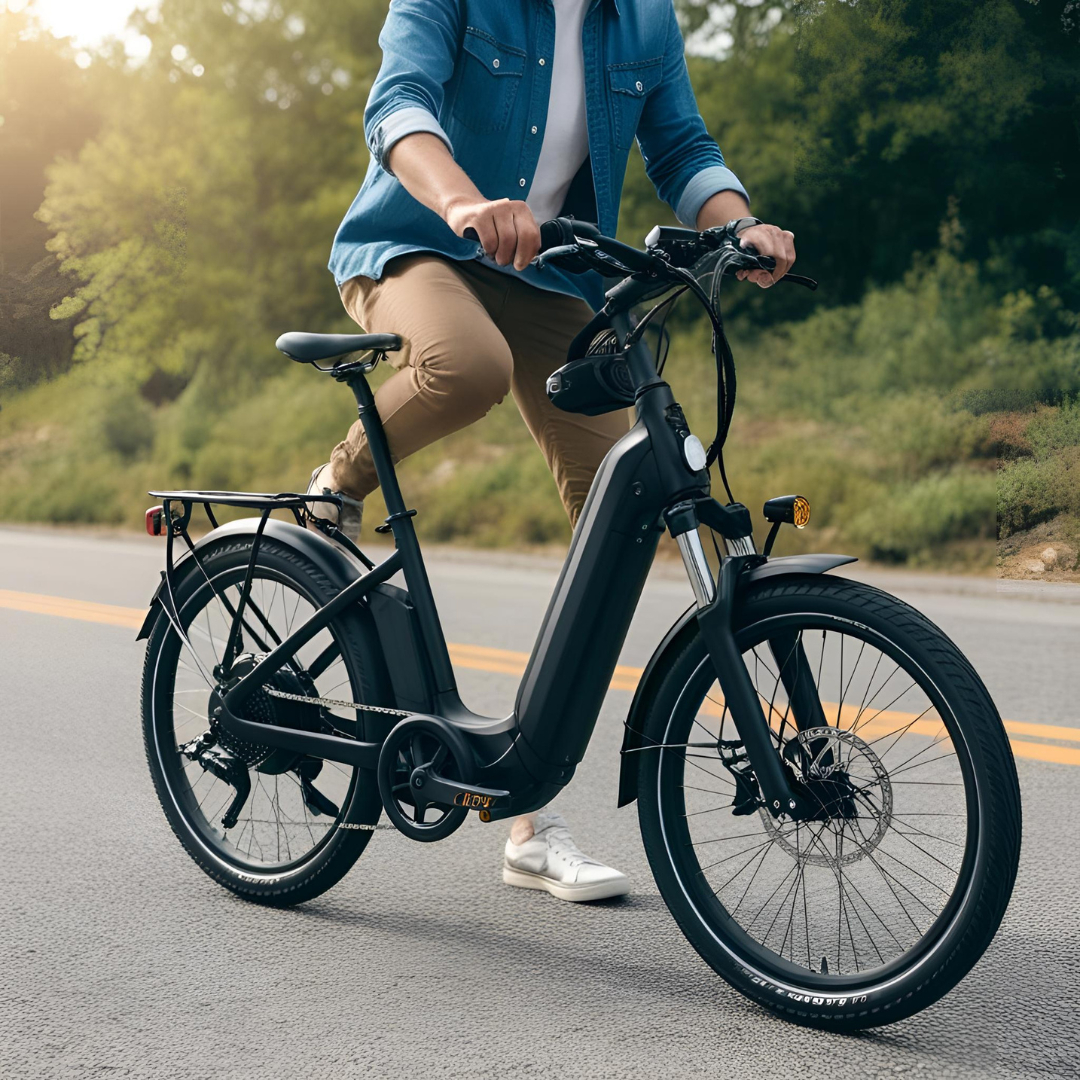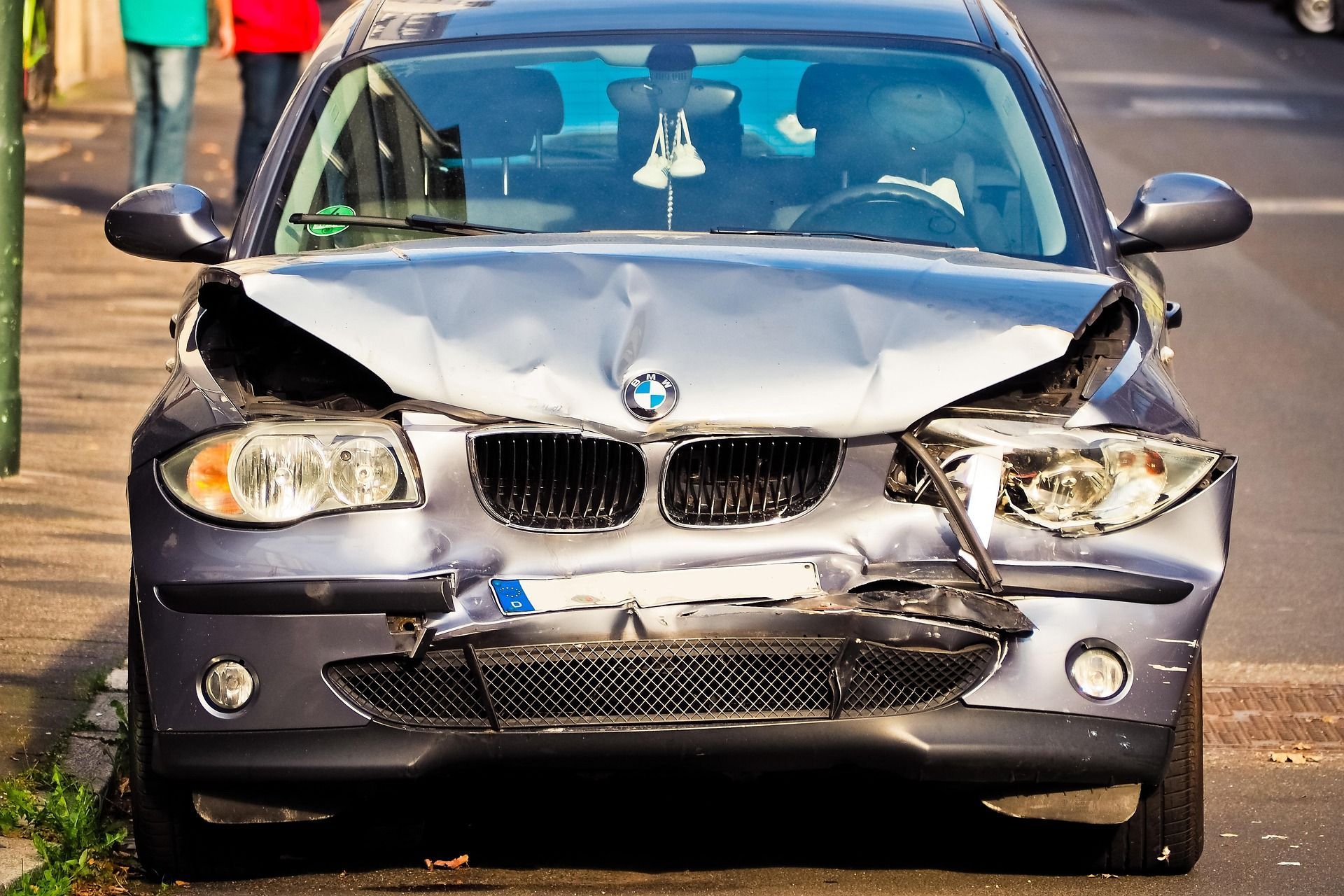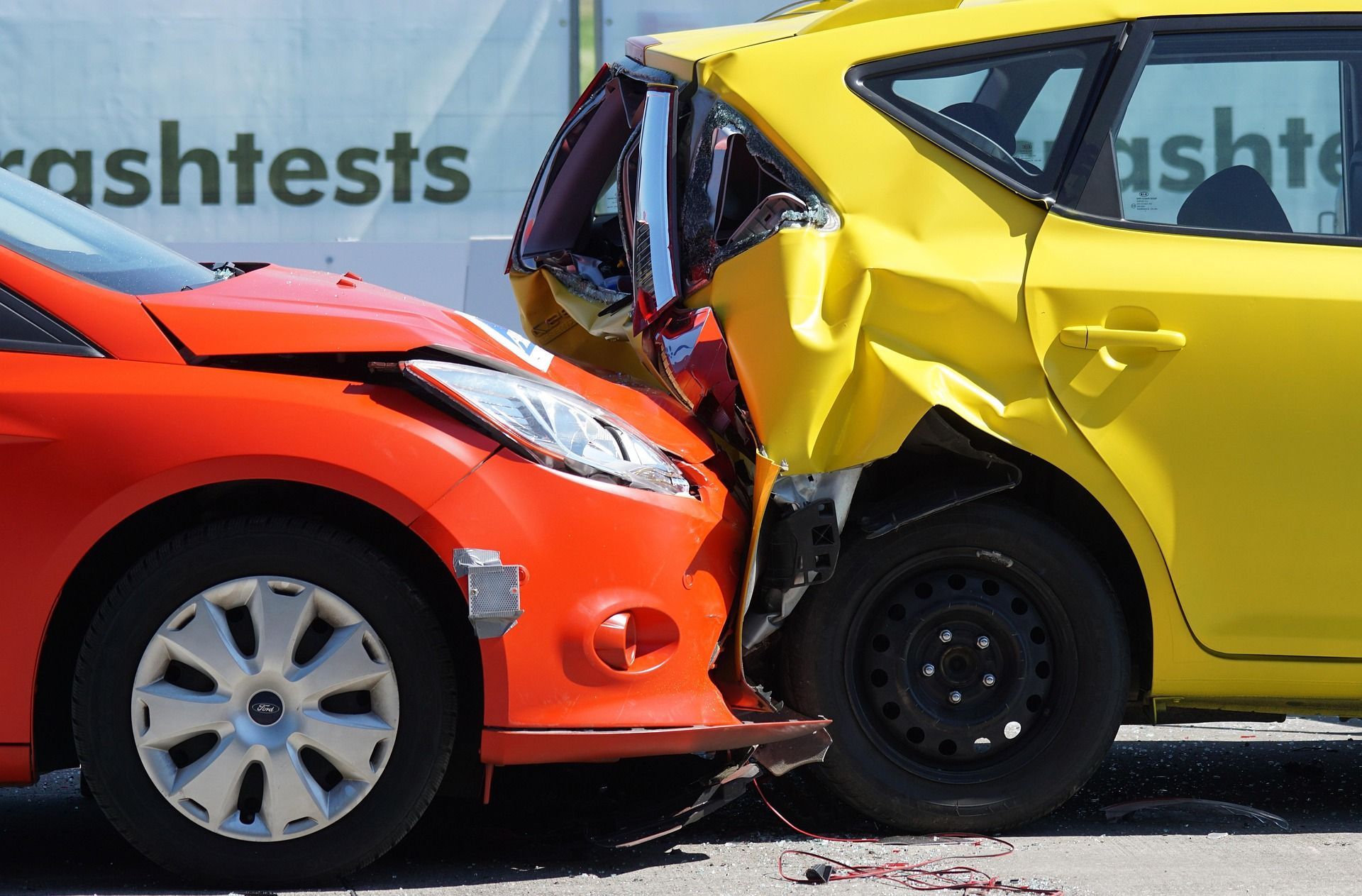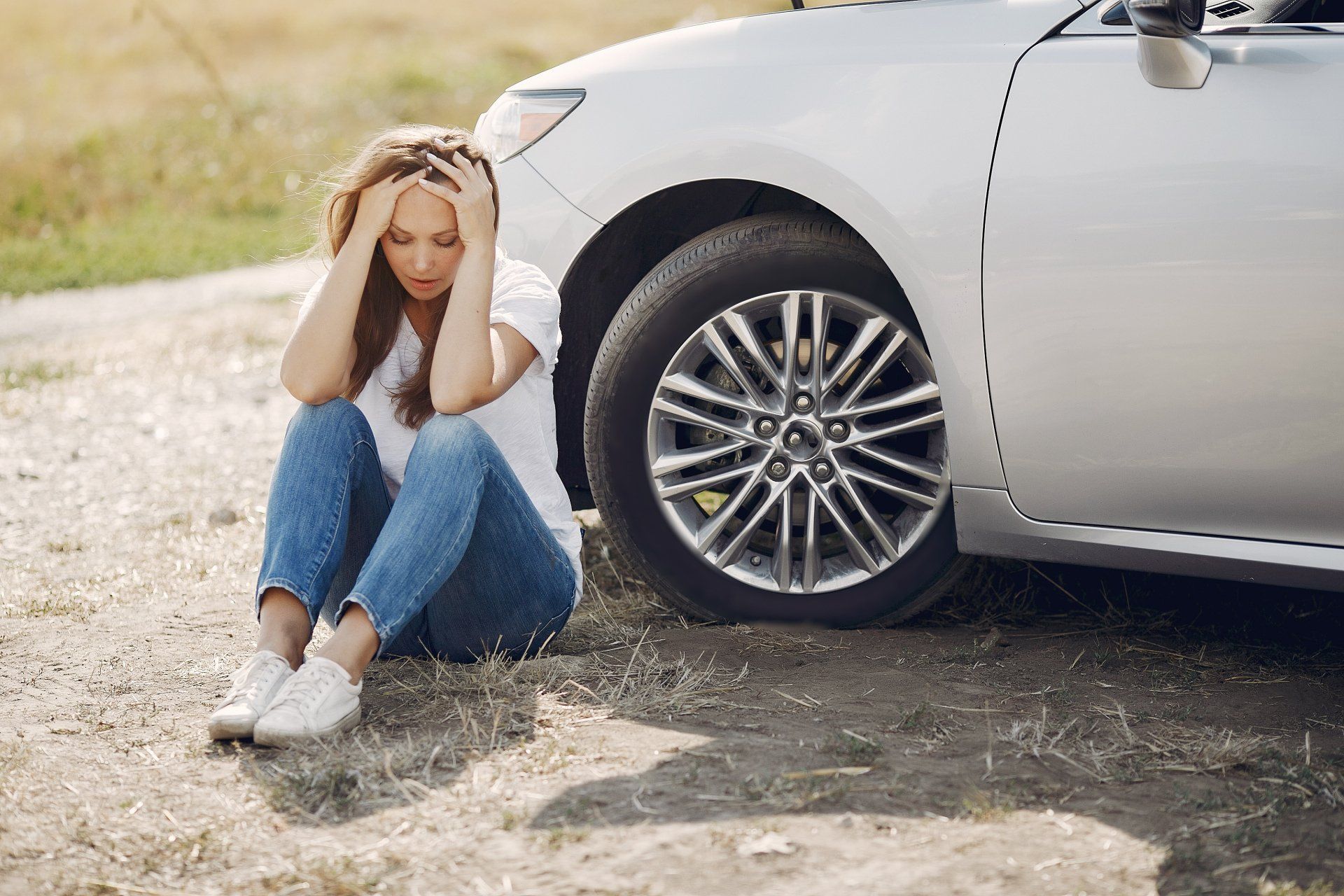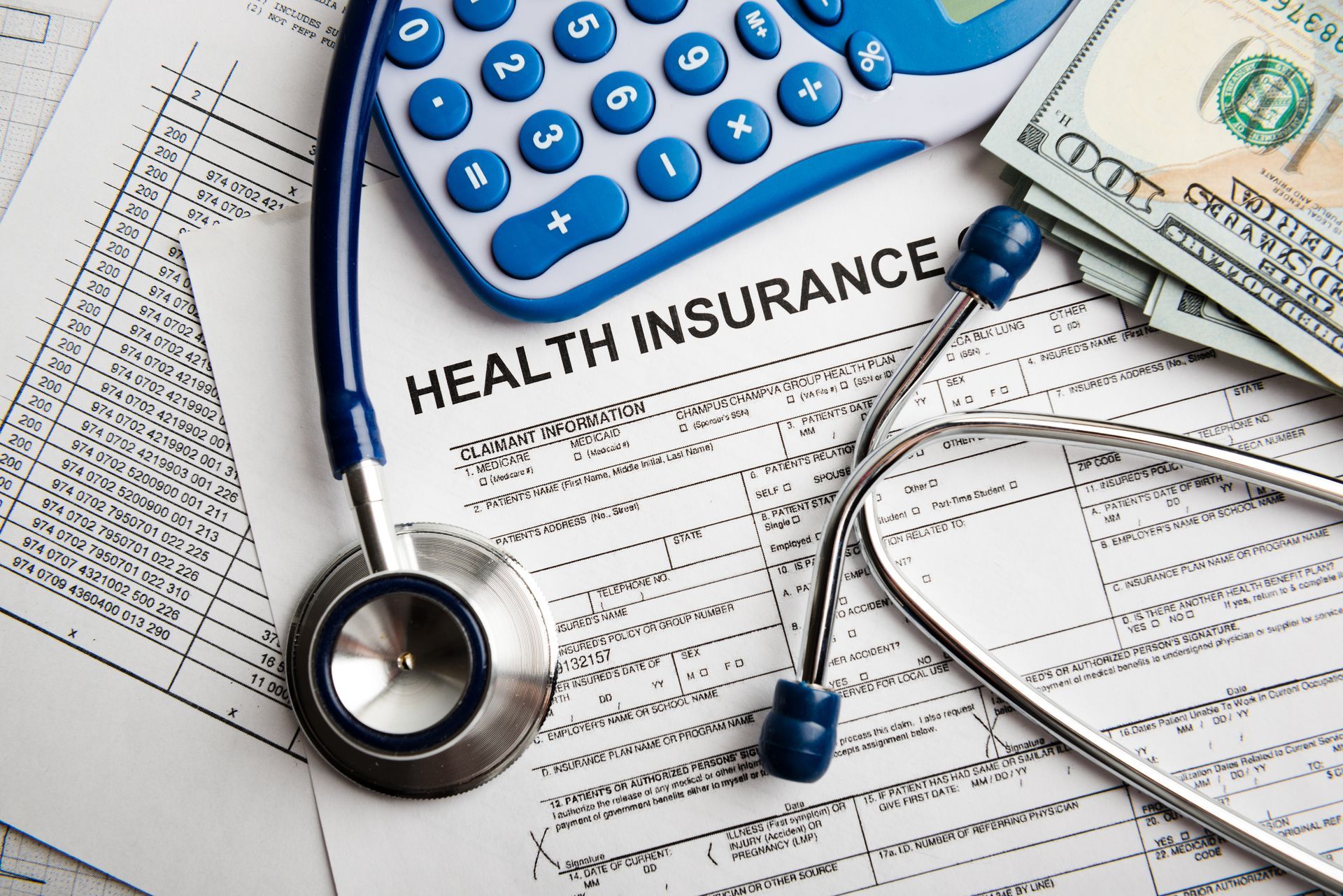Injured on a Construction Site? You May Have More Than a Workers’ Comp Claim
Do Injured Construction Workers in New Jersey Only Have a Workers’ Compensation Claim?
According to New Jersey personal injury attorney David Maran, workers’ compensation is often the starting point for recovery, but it is not always the only option. While workers’ comp provides medical care, wage replacement, and disability benefits for injuries that occur on the job, many construction site accidents involve negligence by someone other than the employer or a co-employee. In those cases, injured workers may also have the right to pursue what is known as a third-party action.
For example, if a delivery truck driver from another company causes an accident on a job site and injures a worker, that company may be liable for negligence. This means the injured worker can receive workers’ compensation benefits while also pursuing a personal injury claim against the negligent third party.
How Can a Personal Injury Lawyer Help With a Third-Party Construction Site Claim?
Workers’ compensation provides essential coverage, but its benefits are limited. A third-party claim can result in far greater compensation because it allows for recovery of damages beyond medical bills and lost wages.
David Maran explains that a personal injury lawyer gathers the evidence needed to prove negligence, including photographs, investigation reports, OSHA findings, and witness statements. A claim letter is then filed against the responsible company or individual. If compensation is recovered, a portion is reimbursed to the workers’ comp carrier, but the worker ultimately receives far more than they would through workers’ compensation alone.
How Do You Know if a Construction Injury Involves Negligence Beyond Workers’ Comp?
Determining whether an accident involves third-party negligence requires a careful review of the facts. If a worker is injured on a site completely controlled by their employer, with no outside companies or contractors involved, the case may be limited to workers’ compensation.
However, most construction projects involve multiple trades, subcontractors, delivery companies, and equipment manufacturers. Injuries may result from defective machinery, unsafe conditions created by another contractor, or negligence by a delivery company. In those scenarios, a personal injury lawyer can pursue claims against the responsible third parties, often resulting in much higher compensation for the injured worker.
What Is the Difference Between a Workers’ Comp Lawyer and a Personal Injury Lawyer?
Workers’ compensation cases are handled in a specialized court system with its own judges, procedures, and laws. Attorneys who focus exclusively on workers’ comp are typically more effective because they are immersed in that system every day and know how to expedite medical treatment and wage benefits.
On the other hand, third-party negligence claims are filed in Superior Court and handled by personal injury lawyers. These attorneys focus on proving liability and maximizing compensation beyond what workers’ comp provides. David Maran emphasizes that both types of lawyers may play a role, but workers often benefit from attorneys who specialize in each area.
When Can Contractors, Property Owners, or Equipment Manufacturers Be Sued for Unsafe Conditions?
Construction site liability often extends beyond the employer. If a property owner is responsible for maintaining a safe site but fails to do so, they may be held liable for resulting injuries. Similarly, contractors can face claims for failing to provide proper safety measures.
David Maran recalls a case where an electrician was installing fixtures when he stepped backward into an unprotected stairwell opening. The contractor had neglected to install temporary railings or barriers, resulting in a fractured spine for the worker. Because the contractor failed to provide proper safety precautions, they were legally responsible for the injury.
Equipment manufacturers may also be sued when machines are defectively designed or manufactured without proper safety guards. These types of product liability cases are another example of third-party claims that go beyond workers’ comp.
What About Scaffolding Accidents and Falling Debris?
Scaffolding accidents are a common cause of serious construction injuries. Many times, scaffolding is erected by outside companies who rent it to the contractor for the duration of the project. If the scaffolding was improperly assembled or maintained, and a worker falls as a result, the scaffolding company may be liable for negligence.
Similarly, when workers are struck by falling debris, liability often extends to the contractor or subcontractor who failed to secure materials safely. Proving these cases requires extensive evidence collection. Agencies such as OSHA often investigate serious accidents, and personal injury lawyers obtain these reports, photographs, and witness accounts to build strong cases for injured workers.
How Can a New Jersey Personal Injury Lawyer Maximize Compensation in a Construction Accident Case?
David Maran emphasizes that timing is critical. The sooner a lawyer is involved, the better the chances of preserving crucial evidence. Immediately contacting insurance companies, requesting OSHA and state reports, and interviewing witnesses all help establish liability.
Workers’ compensation provides important short-term benefits, but it does not cover pain and suffering, loss of quality of life, or full financial damages. By pursuing third-party negligence claims, a personal injury lawyer ensures that injured workers have the opportunity to receive full compensation for the long-term impact of their injuries.
If you or a loved one has been injured on a construction site in New Jersey, you may have rights that go far beyond workers’ compensation. Visit njmalpractice.com to learn more about your options.
